|
In our modern world, where convenience often comes at a cost, the prevalence of obesogens – chemicals that disrupt the body's normal metabolism and contribute to weight gain – has emerged as a growing concern. From everyday products to industrial pollutants, obesogens permeate our environment, exerting subtle yet profound effects on our health and well-being. Commonly encountered obesogensAmong the many obesogens encountered in daily life, several stand out for their widespread use and potential health impacts:
Mechanisms of ActionObesogens exert their effects through various mechanisms, including:
Disruption of Metabolism via MitochondriaObesogens, through their pervasive presence in our environment, exert insidious effects on metabolic function, including the intricate workings of mitochondria – the cellular powerhouses responsible for energy production. By disrupting mitochondrial function, obesogens can contribute to metabolic dysregulation and, ultimately, weight gain. Mitochondria play a central role in energy metabolism, converting nutrients into adenosine triphosphate (ATP), the primary source of cellular energy. However, exposure to obesogens can impair mitochondrial function through various mechanisms, including:
The disruption of mitochondrial function by obesogens can have profound implications for metabolic health and contribute to obesity through several pathways:
causative relationship with health conditionsThe impact of obesogens on human health extends beyond weight gain, with associations documented with various health conditions, including:
Additionally, obesogens are highly related to the following health conditions and physiologic imbalances:
Unraveling the Role of Dysfunctional Adipose TissueRelatively little is known about the extent to which obesogen exposure programs dysfunctional adipose tissue that may store but not mobilize fat. However, emerging evidence suggests that obesogens may contribute to adipocyte dysfunction, leading to altered fat storage and metabolism. One potential underlying factor is suboptimal liver detoxification pathways due to inadequate micronutrient cofactors. Inadequate levels of essential micronutrients, such as vitamins and minerals, can impair liver detoxification pathways responsible for metabolizing and eliminating obesogens from the body. As a result, obesogens may accumulate in adipose tissue, disrupting metabolic function and contributing to weight gain. Additionally, micronutrient deficiencies can compromise mitochondrial function, further exacerbating metabolic dysfunction and obesity risk. A Layman's Overview of Obesogens: Redefining the Weight Loss ParadigmIn the quest for weight loss, many of us often find ourselves fixating on calorie counting, fad diets, or intense workout regimens. However, what if I told you that the key to achieving a healthy weight isn't solely about shedding pounds but rather fixing your metabolism? Enter obesogens – a lesser-known yet influential factor in the obesity epidemic. As mentioned, obesogens are chemicals found in our environment, ranging from pesticides and plastics to food additives and personal care products. These substances have the uncanny ability to disrupt our body's natural weight-regulating mechanisms, leading to weight gain and metabolic dysfunction. Instead of solely blaming calories in versus calories out, it's essential to recognize the role obesogens play in shaping our metabolism. The Better Question: Fixing MetabolismRather than constantly asking ourselves, "How do I lose weight?" a more pertinent question would be: "How do I fix my metabolism?" Fixing metabolism involves addressing the root cause of weight gain – obesogen exposure and metabolic disruption. By eliminating or reducing our exposure to obesogens and ensuring our bodies receive essential micronutrients, we can optimize metabolic function and promote overall health. The Two-Fold SolutionTo achieve optimal health and maintain a healthy weight, a two-fold approach is necessary: 1. Reduce Toxin Exposure: Minimize exposure to obesogens by making conscious choices in our daily lives. This includes opting for organic produce, using natural cleaning and personal care products, and avoiding plastic containers and food packaging whenever possible. By participating in a structured evidenced-based detoxification program, we in turn lower our toxic burden, and we can mitigate the adverse effects of obesogens on our metabolism. 2. Consume Micronutrients: Vital micronutrients, such as vitamins and minerals, serve as essential cofactors in metabolic pathways. Ensuring adequate intake of these micronutrients through a balanced diet rich in fruits, vegetables, whole grains, and lean proteins can support optimal metabolic function. Additionally, supplementation may be necessary to address any deficiencies and promote metabolic health. The conventional approach to weight loss often overlooks the critical role obesogens play in metabolic dysfunction. Instead of solely focusing on calorie restriction or intense exercise, shifting our focus to fixing metabolism through toxin reduction and micronutrient consumption offers a more holistic and sustainable solution to achieving optimal health. By addressing the underlying factors contributing to metabolic disruption, we can pave the way for lasting weight management and overall well-being. the harm of environmental toxinsThe disruption of metabolic and mitochondrial function by obesogens represents a significant public health concern, with implications for obesity and metabolic disease. By understanding the mechanisms through which obesogens impair mitochondrial function and contribute to weight gain, researchers can develop targeted interventions to mitigate their adverse effects on metabolic health. Moreover, addressing underlying factors such as suboptimal liver detoxification pathways and micronutrient deficiencies is essential in combating the detrimental impact of obesogens on metabolic function and obesity prevalence. The pervasive presence of obesogens in our environment underscores the need for greater awareness and regulation of these harmful chemicals. By minimizing exposure to obesogens and advocating for safer alternatives, we can mitigate their adverse effects on human health and combat the rising tide of obesity and metabolic disease. As we navigate the complexities of modern living, vigilance and informed consumer choices are essential in safeguarding our health and well-being against the hidden threats of obesogens. Taking Action: The Integral Wellness ProgramFor those seeking tangible solutions to combat the effects of obesogens and improve their overall well-being, the Integral Wellness Program offers a comprehensive approach to optimizing health and vitality. This flagship service provides personalized guidance and support in key areas of movement, nutrition, and lifestyle to directly enhance quality of life. Online/In-Person Guidance One of the standout features of the Integral Wellness Program is its flexibility, offering both online and in-person consultations tailored to individual preferences and needs. Whether you prefer the convenience of virtual sessions or the hands-on approach of in-person coaching, our team of experienced wellness professionals is dedicated to supporting you every step of the way. Movement, Nutrition, and Lifestyle The Integral Wellness Program takes a holistic approach to health, addressing modifiable factors and behaviors in three core areas:
Augmenting the Health Process By participating in the Integral Wellness Program, you'll not only gain valuable knowledge and skills to navigate the challenges of modern living but also receive ongoing support and accountability to stay on track towards your health goals. Through targeted interventions aimed at eliminating obesogen exposure and promoting healthy behaviors, you can unlock your body's full potential and thrive in all aspects of life. The Integral Wellness Program offers a transformative journey towards optimal health and vitality. By prioritizing movement, nutrition, and lifestyle modifications, participants can take proactive steps to combat the effects of obesogens and reclaim control over their well-being. With the guidance and support of our dedicated wellness professionals, you'll embark on a path of self-discovery, empowerment, and lasting transformation. references
0 Comments
In an update to its 2007 scientific statement, the American Heart Association (AHA) emphasizes the significant and multifaceted benefits of resistance training (RT) on cardiovascular health. Contrary to the misconception that RT solely enhances muscle mass and strength, the statement highlights the favorable physiological and clinical effects of this form of exercise on cardiovascular disease (CVD) and associated risk factors. The scientific statement aims to provide comprehensive insights into the impact of RT, either alone or in combination with aerobic training, on traditional and nontraditional CVD risk factors. More is not always betterEpidemiological evidence suggests that RT is associated with a lower risk of all-cause mortality and CVD morbidity and mortality. Adults who participate in RT have ≈15% lower risk of all-cause mortality and 17% lower risk of CVD, compared with adults who report no RT. Approximately 30 to 60 minutes per week of RT is associated with the maximum risk reduction for all-cause mortality and incident CVD. Notice this "U" shape in the curve when examining the relationship between RT and morbidity and mortality. This curve suggests that some RT is clearly beneficial, but has the volume of RT increases past a certain point the benefits drop and it becomes harmful. The concept of a "biphasic response" is fundamental to understanding hormesis. It describes the characteristic dose-response relationship observed in hormetic processes, where a substance or stressor elicits opposite effects at low and high doses. The response can be visualized as a U-shaped or J-shaped curve, illustrating the beneficial effects at low doses and potential harm at higher doses. Benefits of RT on Traditional CVD Risk FactorsThe AHA's scientific statement underscores the positive influence of RT on traditional CVD risk factors, including blood pressure (BP), glycemia, lipid profiles, and body composition. Numerous studies indicate that engaging in RT is associated with reduced resting BP, improved glycemic control, and favorable alterations in lipid profiles, contributing to a lower risk of all-cause mortality and CVD morbidity. Despite recommendations suggesting 2 days per week of RT, only 28% of U.S. adults adhere to this guideline, highlighting the need for increased awareness and promotion. RT and resting blood pressureRT has demonstrated the ability to reduce resting BP across diverse populations, with notable benefits observed in individuals with prehypertension and hypertension. The mechanisms behind these benefits include enhancements in endothelial function, vasodilatory capacity, and vascular conductance. The reductions in BP achieved through RT are comparable to those achieved with antihypertensive medications. RT and GlycemiaRT shows promise in improving glycemia and insulin resistance, leading to a lower incidence of diabetes. The evidence suggests a nonlinear dose-response association, with up to 60 minutes per week of RT associated with the maximum risk reduction for diabetes. RT and Lipid ProfilesWhile the effect on lipid profiles is modest, RT results in favorable changes in high-density lipoprotein cholesterol, total cholesterol, and triglycerides. These improvements are more pronounced in older adults and those with elevated cardiometabolic risk. Rt, Body composition, and weightRT positively influences body composition by increasing lean body mass and reducing body fat percentage. It is particularly effective in overweight or obese individuals, contributing to increased metabolic rate and mitigating weight gain over time. Benefits of RT on Nontraditional CVD Risk FactorsIn addition to traditional risk factors, the scientific statement highlights the potential mechanisms by which RT positively affects nontraditional CVD risk factors. These include increased cardiorespiratory fitness, improved endothelial function, and potential benefits for sleep quality, psychological health, and well-being. The AHA's updated scientific statement reinforces the pivotal role of resistance training in cardiovascular health, providing a comprehensive overview of its impact on both traditional and nontraditional risk factors. As the evidence supporting RT's benefits continues to grow, the statement serves as a valuable resource for clinicians and public health professionals, offering practical strategies for promoting and prescribing resistance training to enhance cardiovascular health in diverse populations. ReferencesPaluch, Amanda E, et al. “Resistance Exercise Training in Individuals with and without Cardiovascular Disease: 2023 Update: A Scientific Statement from the American Heart Association.” Circulation, 7 Dec. 2023, https://doi.org/10.1161/cir.0000000000001189. Accessed 11 Dec. 2023.
Momma H, Kawakami R, Honda T, Sawada SS. Muscle-strengthening activities are associated with lower risk and mortality in major non-communicable diseases: a systematic review and meta-analysis of cohort studies. Br J Sports Med. 2022 Jul;56(13):755-763. doi: 10.1136/bjsports-2021-105061. Epub 2022 Feb 28. PMID: 35228201; PMCID: PMC9209691. Navigating Hormesis: Embracing the Balance Between Stress and Strength for Optimal Health12/21/2023 In the intricate dance of biological responses to stress, hormesis emerges as a captivating phenomenon, challenging conventional notions of dose-response relationships. This blog post delves into the fascinating world of hormesis, where the subtle interplay between stressors and adaptive responses shapes our understanding of health and resilience. The Hormetic Curve: Unveiling the U-Shaped StoryExplore the dynamics of hormesis through the lens of a U-shaped or J-shaped curve, where low doses of stressors trigger beneficial responses while high doses lead to toxicity. Understand how this nonlinear relationship challenges traditional toxicological paradigms. Small Doses, Big Impact: Hormetic Responses UnveiledDelve into real-world examples of hormetic responses, from the beneficial effects of low-dose radiation to the adaptive mechanisms activated by moderate exercise. Learn how these responses stimulate resilience, adaptation, and overall well-being. Hormesis in Toxicology: Redefining Risk AssessmentUnravel the complexities of hormesis in toxicology, where the concept challenges established risk assessment practices. Discover how hormesis introduces a nuanced understanding of dose-dependent effects, prompting a reevaluation of regulatory frameworks. Hormesis and Adaptive Learning: "What Doesn't Kill You Makes You Stronger"Connect the dots between hormesis and the age-old adage, "What doesn't kill you makes you stronger." Explore how the hormetic principle aligns with the idea that controlled exposure to stressors can lead to adaptive learning, fostering strength and resilience. Balancing Act: The Importance of ModerationEmphasize the crucial role of balance and moderation in hormesis. Uncover the delicate equilibrium required for stressors to act as catalysts for positive adaptation without tipping into harmful territory. From Sirtuins to Telomeres: Hormesis at the Cellular LevelJourney into the cellular realm and discover how hormesis influences sirtuins, telomeres, and other cellular processes. Explore the implications for cellular repair, mitochondrial function, and the potential impact on longevity. Practical Insights: Applying Hormesis in Everyday LifeGain practical insights into how hormesis can be applied in daily life. Explore lifestyle choices, dietary considerations, and stress management techniques that harness the power of hormetic responses for enhanced well-being. Embark on a journey of discovery as we unravel the layers of hormesis, revealing its impact on biology, health, and our quest for a balanced and resilient life. Embrace the science behind stress and strength, and learn how hormesis invites us to rethink our approach to well-being. How would you like to build new neural connections so that you can align your thoughts, emotions, and behaviors with what you ultimately want to achieve? You're in luck. You are innately endowed with the ability to train your brain to become an elite performer (if that's what you desire to do). Your Mental World For a moment, imagine your brain as if it is it's own planet. Your "neural planet" has a population of some 85 billion neurons. Just as people in close proximity interact with one another, neurons communicate to each other via synapses and neurotransmitters. A synapse is an electrochemical junction between two nerve cells, in which impulses pass by diffusion of chemicals, also referred to as neurotransmitters. If you took a consensus of your mental world, neurons of different sizes would be visible all over. Neurons that fire together look somewhat like a social gathering occurring. From a bird's-eye view, you would be able to see "remote villages" variably exchanging conversation, "towns" making more connections, and "large metropolitan areas" continuously in contact. Synapses vary in size because the frequency of neural communication dictates the size and efficiency of their pathway. Infrequently used trails can become freeways and vice versa. This connection between neurons, and clusters of neurons, is the essential function of the brain. Every time you think, feel, act, emotionalize, or remember, you reinforce existing brain neural connections or create new ones. There are neural patterns for everything, from standing to reading this page. The innumerable patterns in which your brain cells connect and share information reflects your brain's capacity to perform. Neuroplasticity: The Brain's Ability to Change ItselfThe old scientific paradigm held that you can't teach an old dog new tricks. Fortunately, the old paradigm has evolved and incorporated the science of neuroplasticity, which suggests the brain can change and it can happen at any time. Like plastic, neurons can mold into new forms, creating new connections. Any time you learn a new skill, the brain is changing by making new neural connections. Whether it is learning to play an instrument, speaking a new language, discovering a new route home, eating whole foods, and so much more, your brain begins to change itself. Learning is forging new connections. Remembering is maintaining and sustaining those connections. And just like a relationship, the more communication that occurs, the more bondage that takes place. Neurons are the same way. What is really fascinating, is that you can change your brain, not only by doing, but also by thinking. Researchers have demonstrated that the act of focusing and being present through meditation changes the brain in many ways. Neuroplasticity is the brain's ability to change itself, and it's the innate ability that you can harness to help you attain your goals. Continental Shift: Three Ways Neuroplasticity WorksYou are able to reshape your brain using the same principles that your brain was built - neurons firing and wiring, syncing and linking together. There are three ways that neuroplasticity can change your mind:
More neurons, more connections, and more efficient connections. These are the three ways to exponentially transform your life. But, there is a caveat. As an adult, some of your neuroplasticity is turned off. But once again, you're in luck, you can turn it back on. Teaching Old Dogs New TRicks: Turning On NeuroplasticityAs an infant, the brain is a sponge, absorbing what it can in an effort increase the chances of survival. As you age, your neuroplasticity slows down as new memories and skills are created; habitual patterns begin to direct most of your daily activities, and novel ideas get pushed to the back burner. As an adult, learning processes, beliefs, and behaviors become, more or less "fixed" within the neural pathways of the brain. This means the plasticity switch is predominately in the "off" position, to varying degrees in each individual. One person may be so set in their ways that to try to get them to see things from a new perspective is like talking to a brick wall. Whereas another person may be more flexible and is able to take all sides into consideration. In either case, neuroplasticity can work at any age, so in the case of that brick wall, the only thing holding them back is themselves. They're not old dogs who can't learn new tricks, they're just uninformed, or perhaps unwilling. Here are six time-tested principles to turn on neuroplasticity:
Here are some more ways to activity neuroplasticity:
Clearly more is better. Neuroplasticity is a ongoing process, and if you are committed to being the best version of yourself, then it is a lifelong process. References Assaraf, J. (2018). Innercise. Cardiff, CA: Waterside Press.
Developed by world-renowned musculoskeletal expert Dr. Andreo Spina, Functional Range Conditioning (FRC) is a comprehensive joint training system based in scientific principals and research.
There are 3 main goals when training using FRC system and all are closely interrelated, and acquired simultaneously:
What is the fastest way to health? It's simply honesty being honest with yourself. We each have four doctors within ourselves: Dr. Happiness, which is what is our concept of what makes us happy (what am you living for?); Dr. Quiet which is how do you create adequate rest to regenerate yourself to have a clear mind and to let my body recover from any stress; Dr. Diet (how do you tune into your body's particular nutritional needs?); and Dr. Movement, which is the difference between Working Out and Working In and putting those movement types to use in your life.
How much time do you spend sitting each day? Considering that excessive sedentary time is ubiquitous in Western societies, for most people, the total amount of time spent sitting could be cut in half, or even in quarters. "Sit less, move more" is the maxim worth repeating, especially with the growing body of evidence suggesting how detrimental prolonged sitting is for your body. A multitude of chronic metabolic diseases, including diabetes, obesity, cardiovascular disease, cancer, even premature death, have been directly associated with prolonged sitting time. According to several long-term studies, no matter how much you exercise, sitting for extended periods of time significantly increases your risk of disease and death, by any cause. The Relationship Between Sitting and Mortality Due to its prevalence, researchers set out to examine the association between daily, sedentary behavior (its total volume and accrual in prolonged, uninterrupted bouts) and all-cause mortality. Researchers shadowed nearly 8000 participants, age 45 or older, for an average of four years and observed that that sedentary behavior, on average, accounted for about 12.3 hours of an average 16-hour waking day. After analyzing the compiled data, the results of this observational experiment postulate a direct relationship; as total sedentary time increases, so does your risk of dying early than expected. Researchers have observed the participants' risk of metabolic morbidity and all-cause mortality grew in tandem with total sitting time and sitting stretch duration - no matter their age, sex, race, body mass index or exercise habits. In other words, prolonged sitting is a risk factor for all-cause mortality, independent of overall levels of moderate to vigorous physical activity. Furthermore, those who sat for more than 13 hours per day had a 2-fold (or 200%) greater risk of death compared to those who sat for less than about 11 hours per day (Diaz et al., 2017). The current exercise guidelines, established by the US Centers for Disease Control and Prevention, recommend adults perform moderate-intensity aerobic exercise for two hours and 30 minutes every week, plus resistance training exercises on two or more days a week. Even this recommendation, however, doesn’t address the importance of reducing sitting time in addition to increasing physical activity levels (Van der Ploeg, Chey, Korda, Banks & Bauman, 2012). Fortunately enough, the recommendations established by the researchers are, perhaps, more clear; take a movement break every 30 minutes. The researchers also determined that people who sit for less than 30 minutes at a time have the lowest risk of early death. According to the researchers, those who frequently sat in stretches less than 30 minutes had a 55% lower risk of death compared to people who usually sat for more than 30 minutes at a stretch. In addition, people who frequently sat for more than 90 minutes at a stretch had a nearly two-fold greater risk of death than those who almost always sat for less than 90 minutes at a stretch. If you have a job, obligation, or lifestyle where you have to sit for prolonged periods, the findings of this research recommend one behavior change could reduce your risk of death: take a movement break every 30 minutes While a standing desk might be helpful for those who work desk jobs, there is limited evidence to suggest that standing is a healthier alternative to sitting. Just taking a look at the anatomy of the human body, it is clear that it is designed for dynamic movement, not remain static. Each Hour Spent Sitting Decreases Your Life Expectancy by 2 hours In 2016, Dr. Mercola interviewed Kelly Starrett, who has a Ph.D. in physical therapy and is the author of "Deskbound: Standing Up to a Sitting World." In "Deskbound," Starrett quoted research from Dr. James Levine estimating for every hour you sit down, your life expectancy decreases by two hours. For comparison, every cigarette smoked reduces life expectancy by 11 minutes, which explains why some are now calling sitting the new smoking. For all intents and purposes, prolonged sitting may actually be far worse for your health than smoking. Starrett even mentioned a study that found office workers who smoked to be healthier than non-smokers simply because they got up every 30 minutes or so and walked outside to have a cigarette. In the end, it is clear that the human body is designed to move, and is not designed to stay in any fixed position. Take Away: Sitting and Standing are ToolsThe body is designed to move. Standing is not inherently better than sitting, and sitting is not inherently worse than standing - they are both tools. However from a metabolic perspective, standing is perhaps better, due to the relative rate of energy expenditure. Given this, it is not recommended to stand all day, or vice versa. What is most important, is how, or the way in which, you are sitting or standing. How is the quality of your sitting or standing position? How are utilizing your chair or the floor? If you are standing in an array of compromised positions, such as, for example, with an inwards collapsed knee or foot, or disengaged glutes, you are exacerbating the same patterns that result in physical discomfort. Sitting and standing are both tools, so it is important to ask yourself, "How am I using this tool?" To ensure proper posture, if you are going to be sitting, sit on the front edge of your seat, or the ischial tuberosity (the "sit bones" or bony protrusions located on your rear), with your hips located higher than your knees and your core activated. This position activates the spinal chain setting the sacrum and lumbar spine with a normal curve. If you are going to be standing, equally distribute the weight between your feet, stacking your spine while activating your glutes and core, with your shoulders back and down (not hunched forward), and your head neutral (not forward or looking down). References Diaz, K., Howard, V., Hutto, B., Colabianchi, N., Vena, J., Safford, M., Blair, S. and Hooker, S. (2017). Patterns of Sedentary Behavior and Mortality in U.S. Middle-Aged and Older Adults. Annals of Internal Medicine, 167(7), p.465. https://doi.org/10.7326/M17-0212
Scutti, S. (2018). Yes, sitting too long can kill you, even if you exercise. [online] CNN. Available at: https://www.cnn.com/2017/09/11/health/sitting-increases-risk-of-death-study/ [Accessed 31 May 2018]. Van der Ploeg, H., Chey, T., Korda, R., Banks, E. and Bauman, A. (2012). Sitting Time and All-Cause Mortality Risk in 222 497 Australian Adults. Archives of Internal Medicine, 172(6), p.494. https://doi.org/10.1001/archinternmed.2011.2174
Have you ever wondered what the health impact of a stressful day was? Will you perform well during your long run or training session tomorrow morning? Is there anything you can do today that would improve your ability to have a better day tomorrow? HRV may be a piece of data that could help you answer these questions. What is HRV? HRV is simply a measure of the variation in time between each heartbeat, also known as the RR interval. This variation is controlled by a primitive part of the nervous system called the autonomic nervous system (ANS). The ANS works regardless of our desire and regulates, among other things, our heart rate, blood pressure, breathing, and digestion. The ANS is subdivided into two large components, the sympathetic and the parasympathetic nervous system, also known as the fight-or-flight mechanism and the relaxation response. The brain is constantly processing information in a region called the hypothalamus. The hypothalamus, through the ANS, sends signals to the rest of the body either to stimulate or to relax different functions. It responds not only to a poor night of sleep, or that sour interaction with your boss, but also to the exciting news that you got engaged, or to that delicious healthy meal you had for lunch. Our body handles all kinds of stimuli and life goes on. However, if we have persistent instigators such as stress, poor sleep, unhealthy diet, dysfunctional relationships, isolation or solitude, and lack of exercise, this balance may be disrupted, and your fight-or-flight response can shift into overdrive. Why Monitor HRV? HRV is a noninvasive way to identify these ANS imbalances. If a person’s system is in more of a fight-or-flight mode, the variation between subsequent heartbeats is low. If one is in a more relaxed state, the variation between beats is high. In other words, the healthier the ANS the faster you are able to switch gears, showing more resilience and flexibility. Over the past few decades, research has shown a relationship between low HRV and worsening depression or anxiety. A low HRV is even associated with an increased risk of death and cardiovascular disease (Buccelletti et al., 2009; Tsuji et al., 1994). People who have a high HRV may have greater cardiovascular fitness and be more resilient to stress. HRV may also provide personal feedback about your lifestyle and help motivate those who are considering taking steps toward a healthier life. It is fascinating to see how HRV changes as you incorporate more mindfulness, meditation, sleep, and especially physical activity into your life. For those who love data and numbers, this can be a convenient way to track how your nervous system is reacting not only to the environment, but also to your emotions, thoughts, and feelings. Measuring HRV The gold standard to measure HRV is to analyze a long strip of an electrocardiogram, the test that occurs frequently in medical offices where wires are attached to the chest. But over the past few years, several companies have created heart rate monitors that sync with apps that do something similar. The accuracy of these methods is still under scrutiny, but the technology is improving substantially. A word of caution is that there are no agencies regulating these devices, thus they may not be as accurate as claimed to be. With that said, the easiest and cheapest way to check HRV is to buy a chest strap heart monitor (e.g., Polar H10) and download a free app (e.g., Elite HRV) to analyze the data. The chest strap monitor tends to be more accurate than wrist or finger devices. Check your HRV in the mornings after you wake up, a few times a week, and track for changes as you incorporate healthier interventions. Tracking HRV may be a great tool to motivate behavioral change for some. HRV measurements can help create more awareness of how you live and think, and how your behavior affects your nervous system and bodily functions. While it obviously can’t help you avoid stress, it could help you understand how to respond to stress in a healthier way. While there are questions about measurement accuracy and reliability, if you decide to use HRV as another piece of data, do not get too confident if you have a high HRV, or too scared if your HRV is low. Think of HRV as a preventive tool, a visual insight into the most primitive part of your brain. Increasing HRV Far from the metronome we might assume it to be, the healthiest heart beat follows a fractal pattern, with varying lengths of time separating each pulse (Tapanainen et al., 2002; Yaniv, Y., Lyashkov, A. E., Lakatta, E. G., 2013). A higher HRV suggests a relaxed, low-stress physiological milieu, while a lower HRV indicates a need for recovery, rest, and sleep. Therefore, in order to increase HRV, generally speaking, a more relaxed, low-stress environment is desirable. While there are a number of ways to reduce stress and increase relaxation, here are some examples that have been observed to increase HRV:
ReferencesA growing body of evidence suggests that exercise is one of the most effective prevention and treatment strategies for depression. A recent study, conducted over the course of 11 years, was designed to address whether exercise provides protection against new-onset depression and anxiety and if so, the intensity and amount of exercise required to gain protection and, lastly, the mechanisms that underlie any association. Researchers evaluated and followed 33,908 adults, which were selected on the basis of having no symptoms of common mental disorder or limiting physical health conditions. The researchers observed that regular leisure-time exercise was associated with reduced incidence of future depression but not anxiety. The majority of this protective effect occurred at low levels of exercise and was observed regardless of intensity. After adjusting for confounding variables, the results suggests that 12% of future cases of depression could have been prevented if all participants had engaged in at least 1 hour of physical activity each week. The social and physical health benefits of exercise explained a small proportion of the protective effect. ReferencesHarvey, S., Øverland, S., Hatch, S., Wessely, S., Mykletun, A. and Hotopf, M. (2017). Exercise and the Prevention of Depression: Results of the HUNT Cohort Study. American Journal of Psychiatry, pp.appi.ajp.2017.1. https://doi.org/10.1176/appi.ajp.2017.16111223
|
The Awareness domain contains research, news, information, observations, and ideas at the level of self in an effort to intellectualize health concepts.
The Lifestyle domain builds off intellectual concepts and offers practical applications.
Taking care of yourself is at the core of the other domains because the others depend on your health and wellness.
Archives
May 2024
Categories
All
|

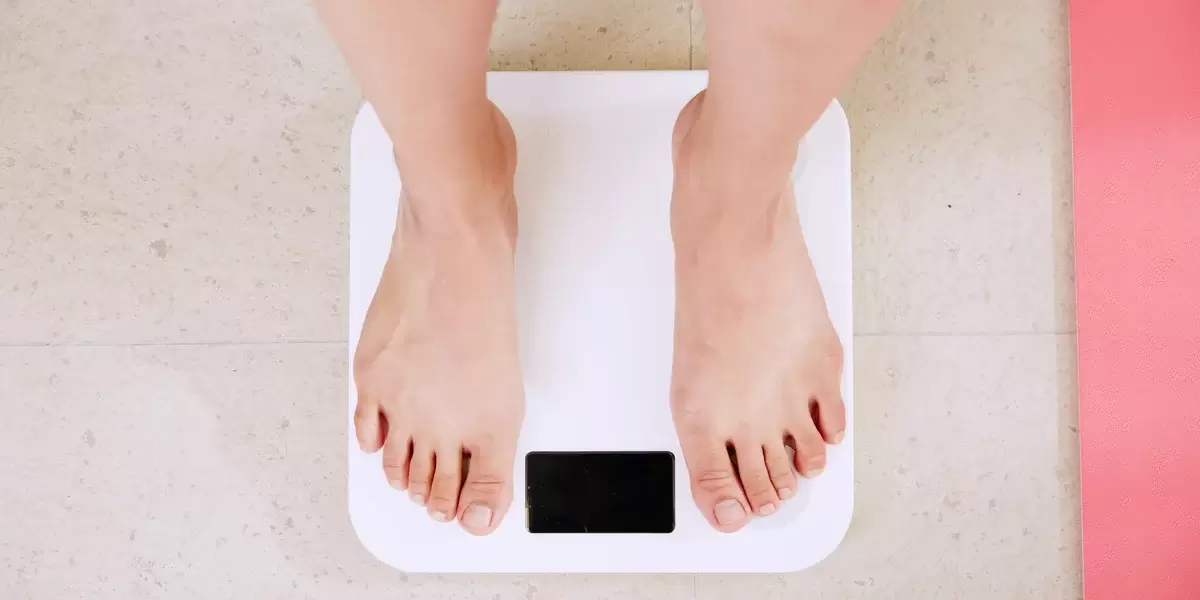
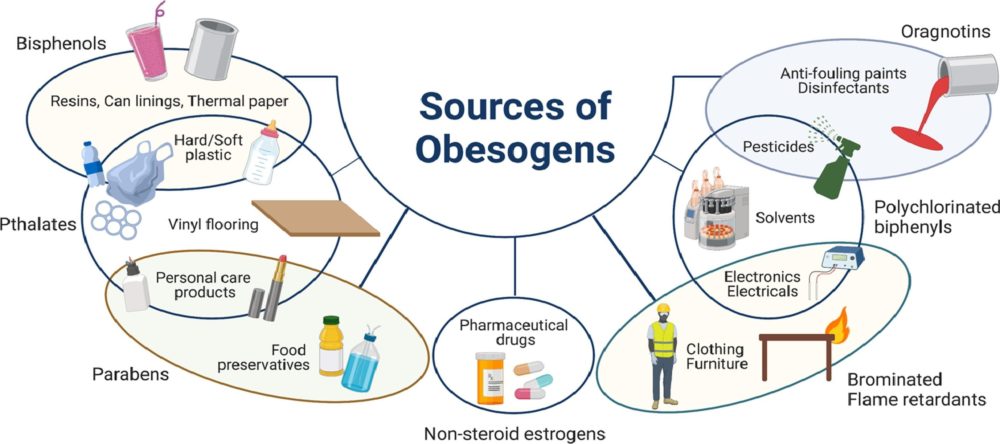


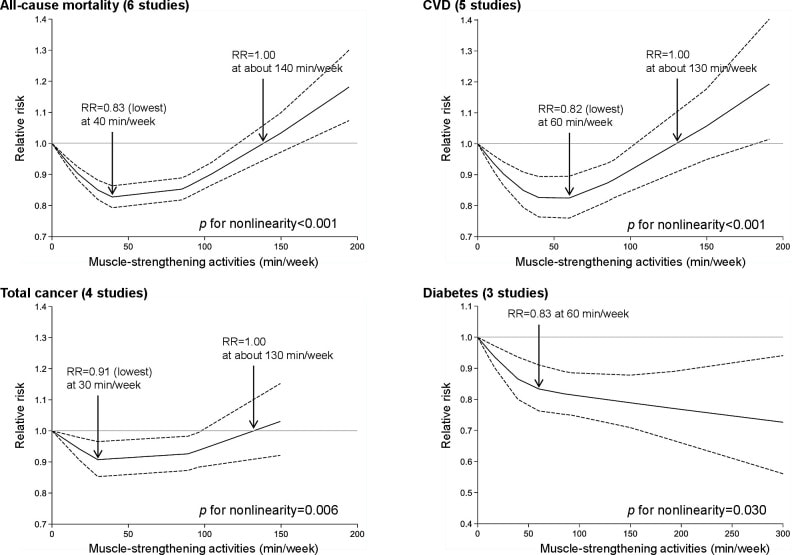
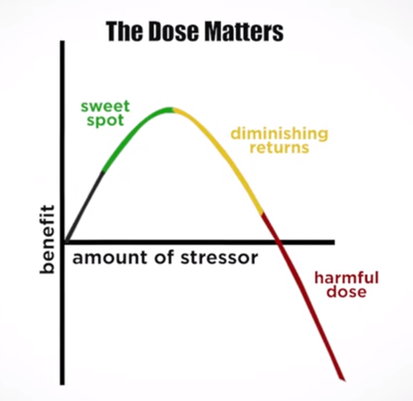
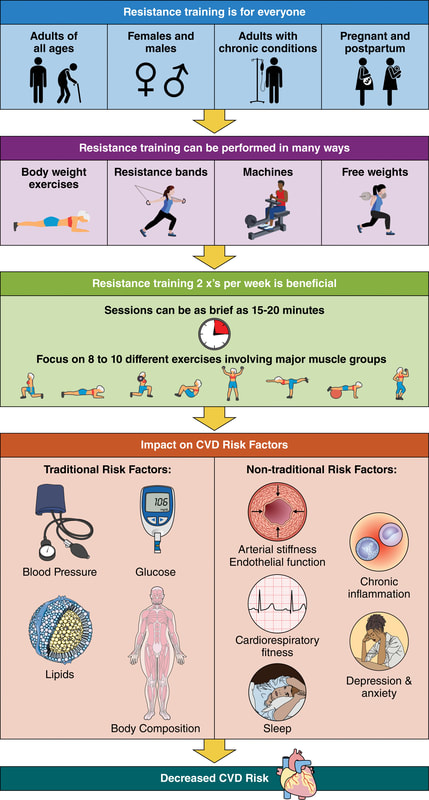
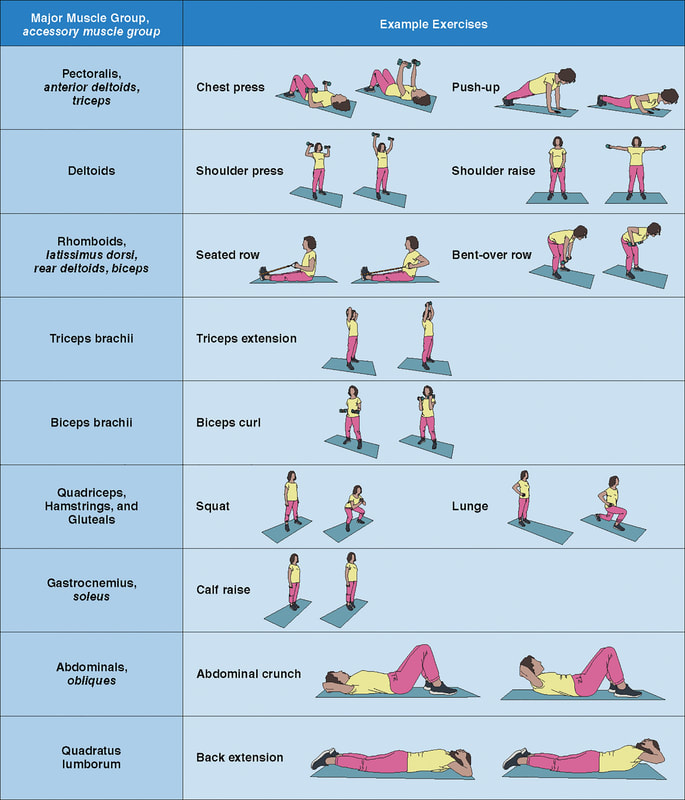
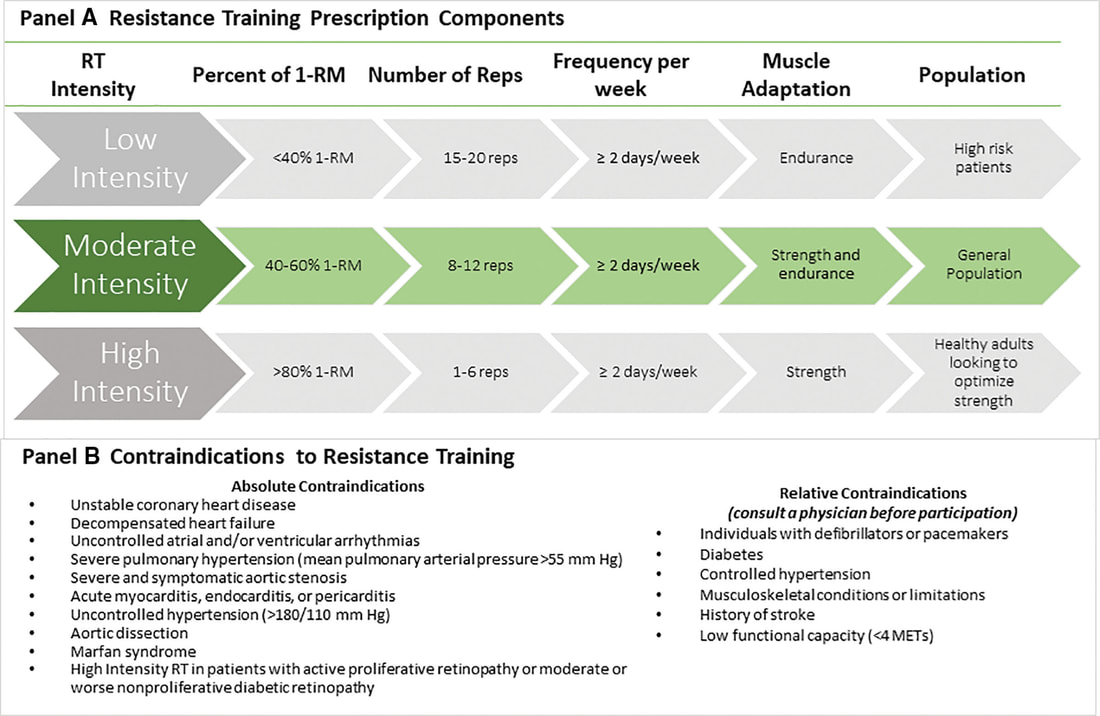
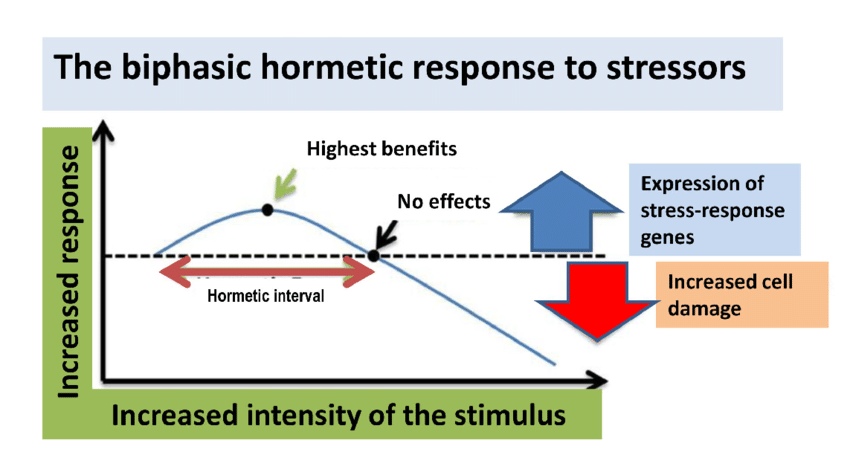
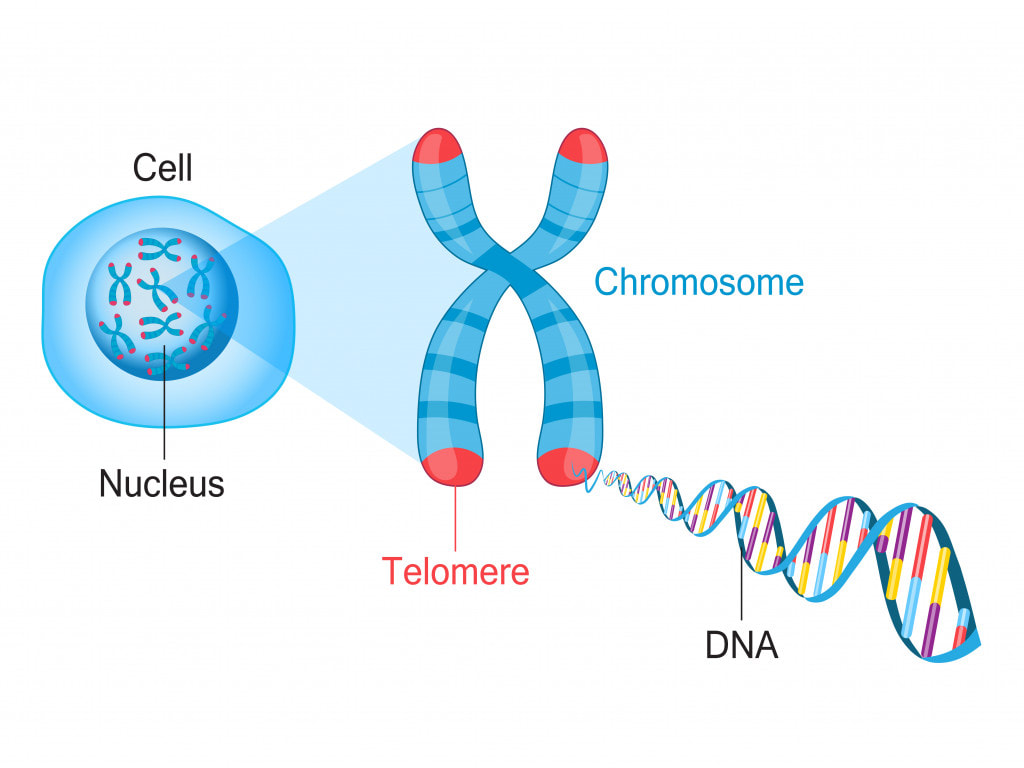

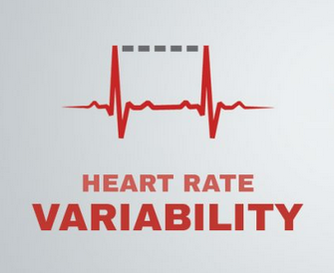

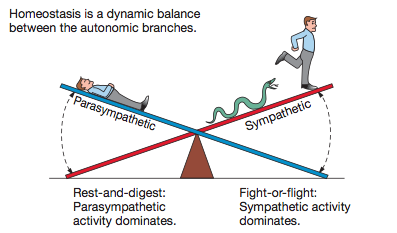
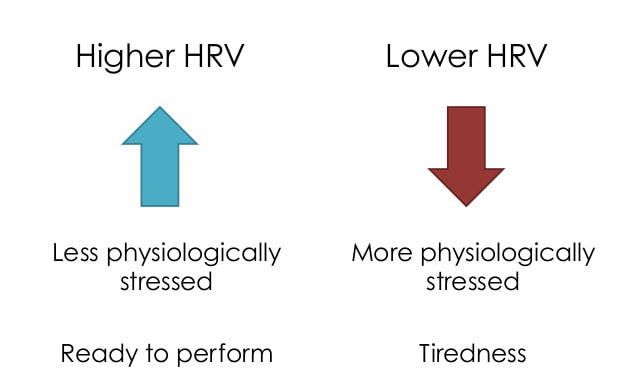
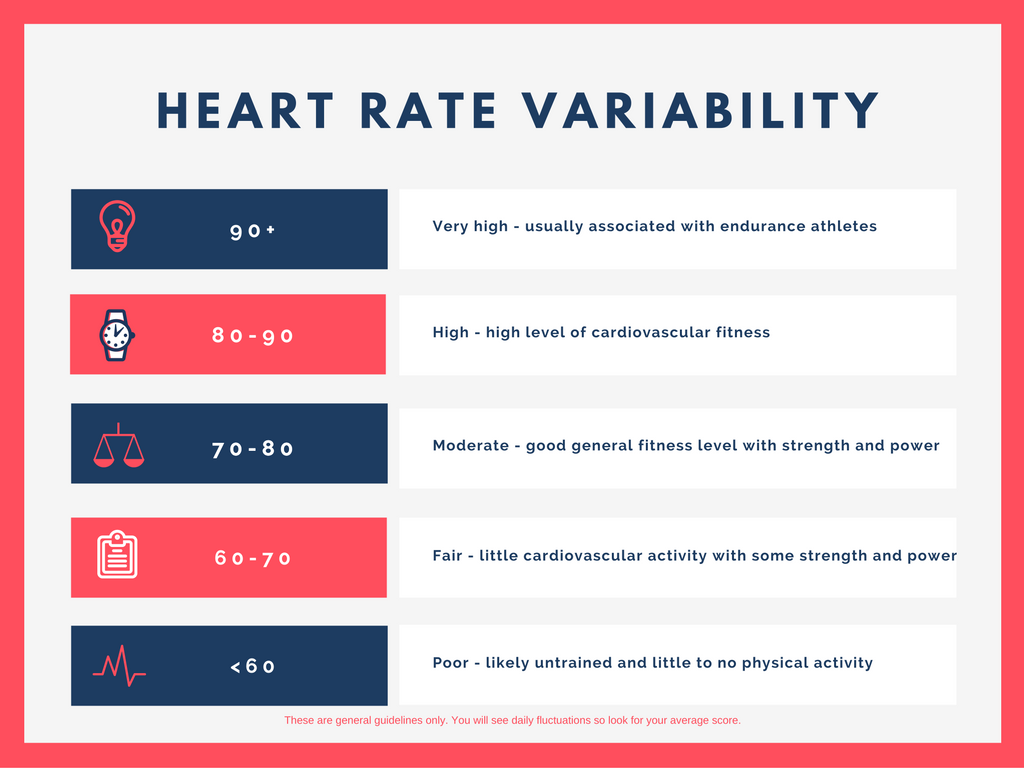
 RSS Feed
RSS Feed

